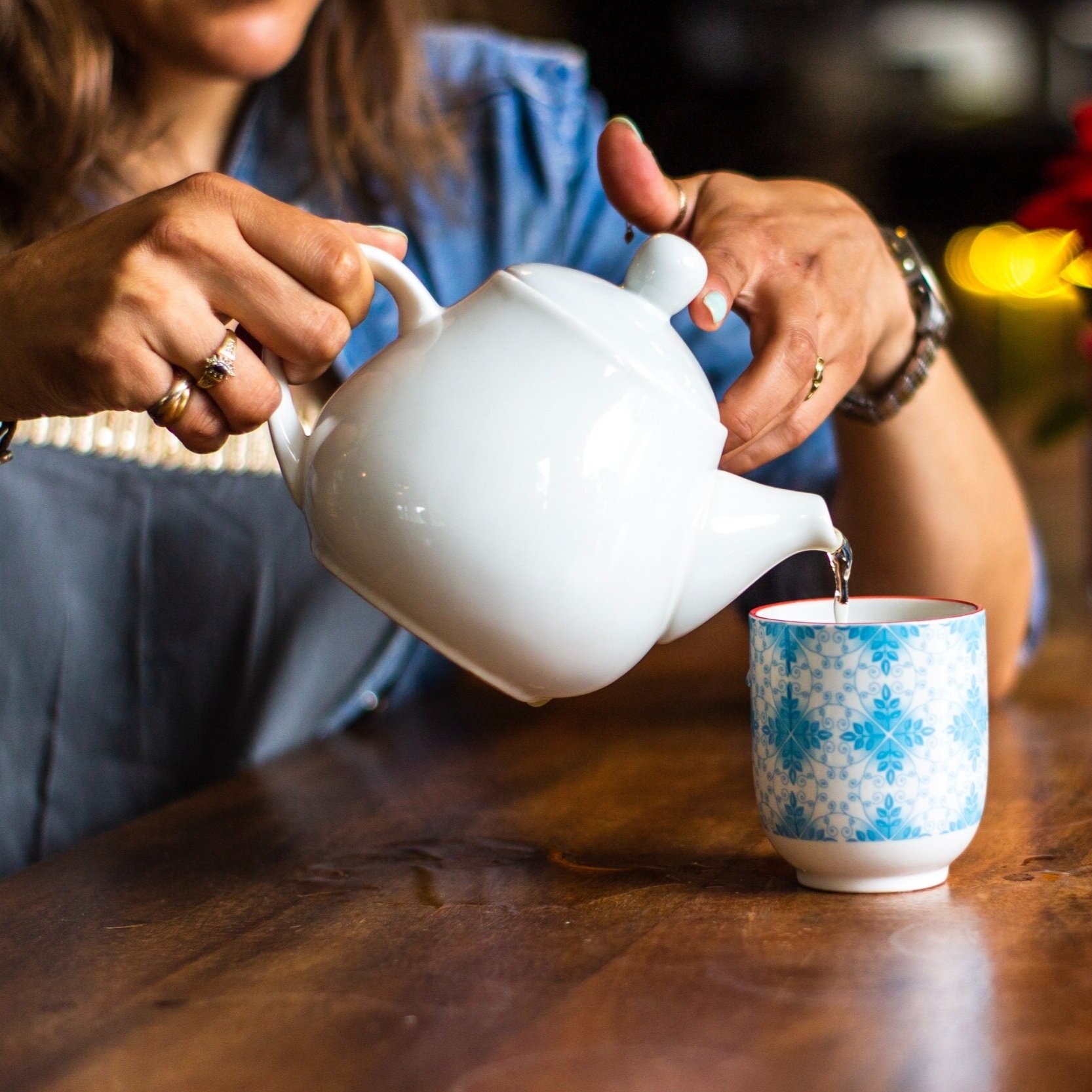
If you’ve been diligent about sticking to a regular exercise schedule, it’s frustrating when a winter cold throws you off track. You developed habits, you were starting to see results for your efforts, and then you start to sniffle.
Should you stick to your gym routine when you are sick?
Most health experts will agree that there are some symptoms that mean it is safe to work out – it might even make you feel better – and others that indicate you need to head straight home and rest.
Learn how to know when to exercise and when to rest, how to workout safely if you aren’t feeling 100%, and how to avoid infecting others.
-
Follow the “Neck Up Rule”
t’s usually safe to work out if you have a runny nose, headache, or sore throat. On the other hand, skip the gym if your symptoms are from below the neck down – congestion in your chest, body aches, chills. nausea, or diarrhea.
-
Take Your Temperature
For most adults, you will want to go to bed instead of the gym if you’ve got a fever of 100 degrees or more. Overtaxing your body when it is fiercely fighting an infection is likely to make your illness last longer. A fever also makes you more vulnerable to dehydration.
-
Strengthen Your Immune System
Your immune system uses white blood cells to fight off infections and disease. Physical activity stimulates the production of these cells and makes them stronger to help protect you from sickness. A safe level of physical activity can give your immune system a boost.
-
Beware of Exercising Too Much
There can be too much of a good thing. Without sufficient time to rest between exercise sessions you can actually wear your immune system down. Take at least one day off a week from exercise to recover.
-
Visit the Sauna
If your gym has a sauna, it is a great alternative to working out or cut your exercise session short to get some sauna time. Your body naturally detoxes through your skin, so you may be able to sweat out some of those germs. Just be sure to properly hydrate before and after.
-
Monitor Your Heart Rate
If your exercise includes cardiovascular activities – this could include running, aerobics, or lifting weights without long set breaks – be sure to monitor your heart rate. Some common over the counter cold medications will increase your heart rate, so you may need to lower your intensity to stay in a safe zone.
-
Wipe Down Equipment
You don’t want to spread germs or get any extras from others, so wipe down equipment with a disinfectant before after use. Cardio equipment, dumbbells, and exercise mats are usually the worst sources of contamination.
-
Bring Your Own Personal items
During cold and flu season, it is best to bring along your own toiletries, water bottle, and towels. These things spread germs rapidly and we can’t guarantee how well they are being sanitized by the gym.
We know consistency is essential for productive exercise. However, sometimes your body needs time to recover from an illness. Sometimes this means complete bed rest and other times you can just reduce the intensity of your activities. Listen to your body – it is often speaking to us through illness and asking for a little extra TLC.
If you are interested in keeping illness and injury out of the picture so you can perform your best, download our free Ebook with the 7 Strategies Pro Athletes Know and Use to get fit and stay fit.




